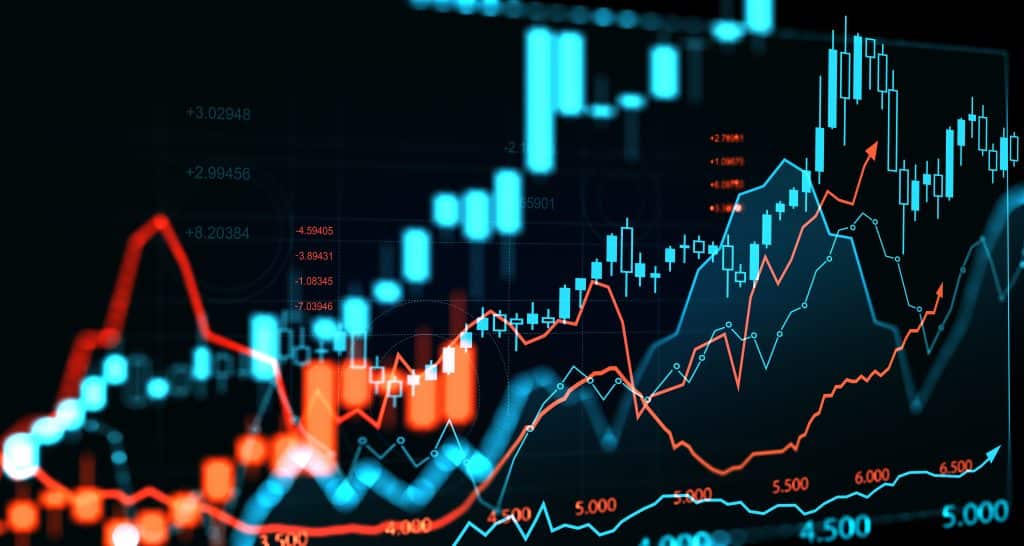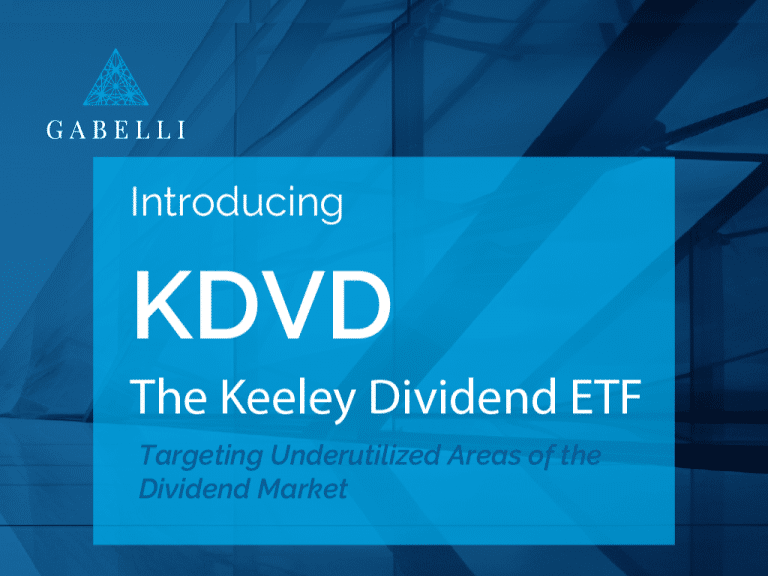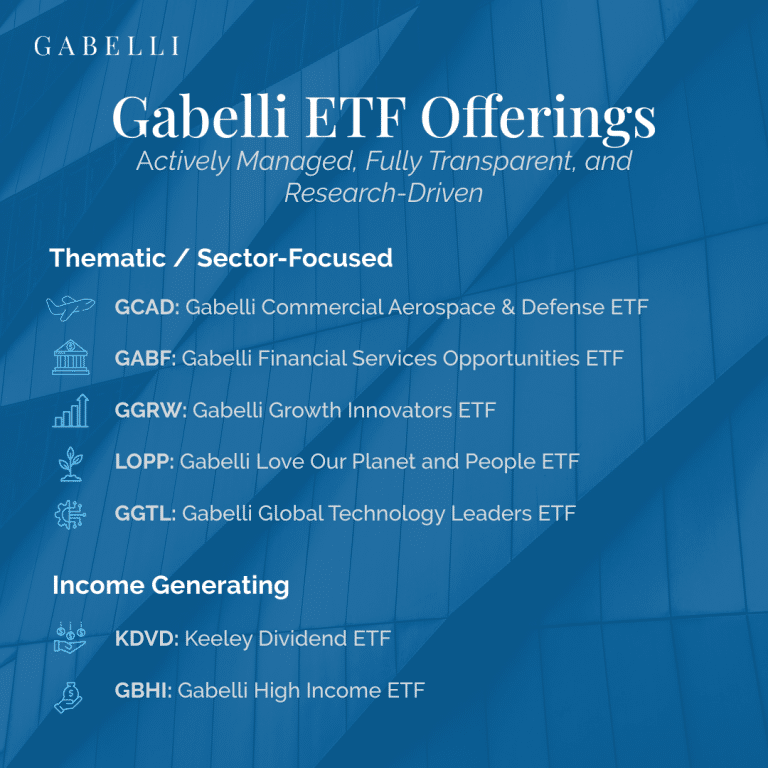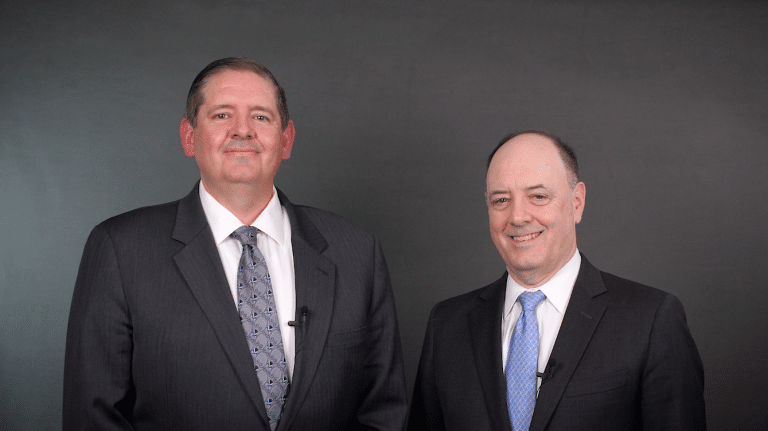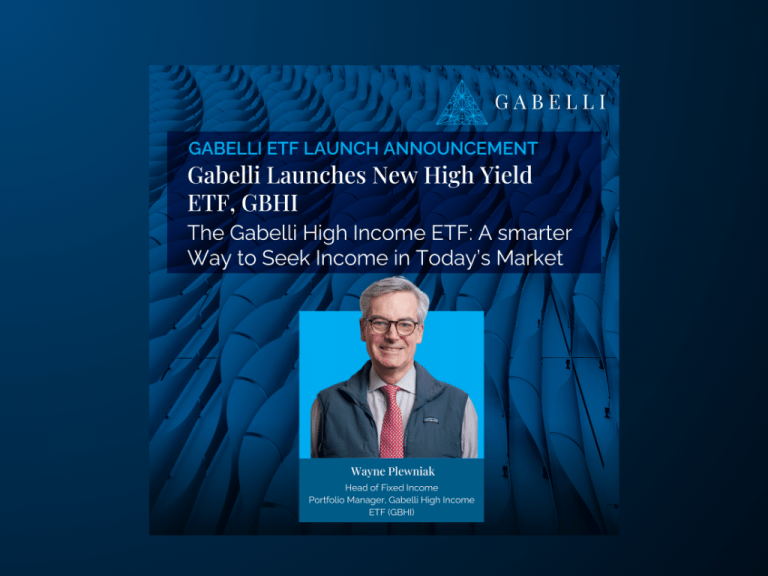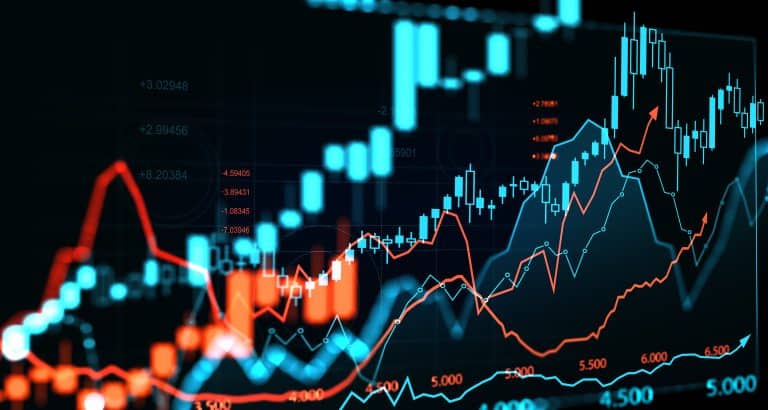Why Investors Gain More Through Gabelli’s Actively Managed ETFs
Introduction
The first U.S. exchange traded fund or ETF, the SPDR S&P 500 ETF (SPY), launched in 1993 as a passive vehicle tracking the S&P 500 index. Early ETFs focused almost exclusively on passive strategies, offering intraday trading, transparency and tax advantages. This efficiency quickly transformed portfolio construction and laid the groundwork for the rise of actively managed ETFs.
Today, ETFs have become one of the fastest-growing investment vehicles, expanding beyond passive strategies to encompass a wide range of active approaches and asset classes.
Exhibit 1 Net Assets Growth from 2010 to 2025 – Mutual Funds vs. ETFs
Total net assets in trillions of dollars, year-end
Note: 2025 data as of June 30, 2025. At year-end 2010, actively managed ETFs had just $2.9 billion in total net assets.
Source: ICI ETF Conference
ETF adoption has accelerated dramatically. In 2010, global ETF assets totaled $1 trillion, with actively managed ETFs representing just $2.9 billion. Today, ETFs exceed $11.5 trillion in assets, with more than $1.1 trillion in actively managed strategies. As regulatory reforms continue – such as the anticipated SEC approval of ETF share classes – active ETFs are becoming increasingly competitive with mutual funds, delivering both professional management and structural advantages to investors.
At Gabelli, we leverage these structural and regulatory innovations to deliver the best of both worlds: the deep research and disciplined process of our active funds, now accessible in the flexible, tax-efficient ETF structure.
What Is An ETF and How Are Shares Issued?
An ETF is an investment fund that holds a basket of securities, such as stocks or bonds, and trades on an exchange like a stock, providing investors with transparency, liquidity, and flexibility. ETFs can be actively or passively managed, and investors can buy or sell shares through a brokerage account just as they would with any publicly traded company.
ETF shares are created in the primary market when an authorized participant (AP), typically a large financial institution, delivers a specified basket of securities, cash, or a combination of both (known as a creation basket) to the ETF. In return, the AP receives a fixed block of ETF shares called a creation unit. APs can also redeem shares in creation unit increments in exchange for a redemption basket of securities, cash, or both. These transactions directly involve the ETF’s underlying securities.
Once issued, ETF shares trade in the secondary market, where investors buy and sell them with one another on stock exchanges at market prices. These transactions provide intraday liquidity but do not directly involve the ETF’s holdings. Unlike mutual funds, investors can only buy or sell ETF shares on an exchange, not directly from the fund.
Exhibit 2 Creation of ETF Shares – Primary vs. Secondary Market
Source: ici.org/faqs/faqs_etfs
What Is an Actively Managed ETF?
An actively managed ETF is overseen by a portfolio manager who makes investment decisions about which securities to buy, hold, or sell. These strategies are designed to outperform a benchmark or achieve a specific investment objective, rather than simply track an index.
Gabelli’s actively managed ETFs apply our trademarked Private Market Value (PMV) with a Catalyst™ approach, using bottom-up fundamental research to find companies trading at a discount – within the flexible and advantageous ETF structure.
By contrast, passive ETFs aim to replicate the holdings of a benchmark index, with changes made only as the index itself is updated.
What Are The Benefits of Actively Managed ETFs?
Gabelli’s actively managed ETFs combine the insight and experience of our portfolio managers with the structural advantages of the ETF format. Unlike passive ETFs, our active strategies are built on research, conviction and a disciplined investment process.
Key features of active ETFs include:
- Tax and Cost advantages: The in-kind creation/redemption process generally reduces taxable distributions relative to mutual funds and supports lower overall expense ratios.
- Intraday liquidity: ETFs trade on exchanges throughout the day, providing intraday liquidity – unlike mutual funds, which settle at end-of-day NAV.
- Active portfolio management: A manager makes ongoing buy and sell decisions, adjusting the portfolio to reflect opportunities, risks and changing market conditions.
- Innovative products: Innovation within ETF product launches provide retail investors with sophisticated products that were previously only accessible for large, institutional investors.
This combination gives investors access to professional active management alongside the efficiency, transparency and tax benefits that have fueled ETF growth. At Gabelli, we deliver our time-tested PMV with a Catalyst™ approach through this flexible, tax-efficient structure.
While passive ETFs simply track the market, they lack the flexibility to adjust to changing conditions or the ability to aim for outperformance. Gabelli’s actively managed ETFs, by contrast, give our portfolio managers flexibility to respond to market dynamics, identify mispriced opportunities and seek attractive risk-adjusted returns.
Active management is especially effective in less efficient areas of the market, such as small- and mid-cap equities, where deep research and experienced judgment can create a meaningful advantage. Gabelli’s approach combines fundamental analysis, valuation discipline and a forward-looking perspective to uncover companies trading below their Private Market Value.
Our Commitment
For decades, Gabelli has built a track record of success in actively managed mutual funds by applying a disciplined investment process and deep fundamental research. We now bring that same expertise to our suite of actively managed ETFs.
Our ETFs combine the transparency, flexibility, and accessibility of the ETF structure with the insight, experience, and conviction of our investment professionals. By leveraging the strengths that have guided our mutual fund strategies, we aim to deliver innovative ETF solutions that help clients pursue their long-term financial objectives with confidence.
What Are the Differences Between Active ETFs and Active Mutual Funds?
While our mutual funds and ETFs offer professionally managed portfolios with liquidity and transparency, understanding the key differences between each can help investors make more informed decisions. Investors should choose an underlying strategy or fund that aligns with their goals and select an investment vehicle that suits their preferences.
Table 1 Mutual Funds vs. ETFs
| Mutual Fund | ETF | ||
| Trading / Liquidity | – Purchased and redeemed once per day as of NYSE close (4 p.m. EST)
– Short-term trading restrictions and/or costs may apply |
– Trade continuously on an exchange throughout the day
– No short-term trading restrictions |
|
| Portfolio Transparency | – Active mutual funds typically disclose their portfolios on a quarterly basis, within 60 days of quarter end | – Transparent ETFs publish their full portfolios daily
– Semi-transparent and non-transparent ETFs publish their portfolios on a quarterly basis |
|
| Pricing | – Priced daily at market close, based on the value of the fund’s underlying holdings
– Bought and sold at Net Asset Value (NAV) |
– NAV is calculated daily at market close; indicative NAV (iNAV) is updated during the trading day to reflect real-time value of portfolio
– Bought and sold at market prices on an exchange throughout the trading day |
|
| Expense Ratio | – Total expense ratios for mutual funds are usually higher, partly due to shareholder servicing and distribution costs | – Total expense ratios for ETFs are generally lower than those for mutual funds, reflecting lower shareholder servicing and distribution costs | |
| Dividends / Distributions | – Income and capital gains distributions may be automatically reinvested (ex-date), unless the investor chooses to receive cash | – Income and capital gains distributions are paid in cash or require a brokerage dividend reinvestment program (may not be reinvested on ex-date) | |
| Taxes / Capital Gains | – When shareholders redeem mutual fund shares, the fund may need to sell portfolio securities to pay the redemption in cash, which may result in taxable realized capital gains (or losses) for remaining investors
– Gains (or losses) are also generated from transactions within the portfolio; capital gains or losses are realized when selling fund shares |
– An ETF can satisfy redemptions by delivering to authorized participants (APs) a basket of appreciated securities rather than cash, and utilize §852(b)(6) to dissipate unrealized gains on those positions, reducing the likelihood of having to make capital gains distributions to remaining shareholders
– Gains (or losses) are also generated from transactions within the portfolio; shareholders realize capital gains or losses when selling ETF shares on the exchange |
|
| Availability | – Financial advisor/intermediary or direct with the fund’s transfer agent
– Often available in 401(k)s |
– Requires a brokerage account
– Generally, not in 401(k)s unless in-plan brokerage services are available |
|
| Expenses / Costs | – Portfolio transaction costs are shared among all shareholders proportionally
– Redemption fees may apply to individual investors who sell shares within a short holding period – Sales loads or 12b-1 fees may apply depending on share class |
– Transaction costs are mostly borne by the shareholder via bid/ask spreads and brokerage commissions
– No redemption fees, since shareholders transact on an exchange – ETFs do not have sales loads or 12b-1 fees |
|
Charles LaRosa ©Gabelli Funds 2025
Value Investment Team
This whitepaper was prepared by Charles LaRosa. The examples cited herein are based on public information and we make no representations regarding their accuracy or usefulness as precedent. The author’s views are subject to change at any time based on market and other conditions. The information in this report represent the opinions of the individual author as of the date hereof and is not intended to be a forecast of future events, a guarantee of future results, or investments advice. The views expressed may differ from other Portfolio Managers or of the Firm as a whole.
Actively managed ETFs are different from traditional ETF’s. Traditional ETFs tell the public what assets they hold each day. This may create additional risks for your investment. For example:
– You may have to pay more to trade ETFs’ shares. These ETFs will provide less information to traders, who tend to charge more for trades when they have less information.
– The price you pay to buy ETF shares on an exchange may not match the value of an ETF’s portfolio. The same is true when you sell shares. These price differences may be greater for these ETFs compared to other ETFs because they provide less information.
– These additional risks may be even greater in bad or uncertain market conditions.
– The differences between actively managed ETFs and other ETFs may also have advantages. By keeping certain information about the ETFs undisclosed, these ETFs may face less risk that other traders can predict or copy its investment strategy. This may improve the ETFs’ performance. If other traders are able to copy or predict the ETFs’ investment strategies, however, this may hurt the ETFs’ performance. For additional information regarding the unique attributes and risks of these ETFs, see the ActiveShares prospectus/registration statement.
You should consider the ETFs’ investment objectives, risks, charges and expenses carefully before you invest. The ETFs Prospectus is available from G.distributors, LLC, a registered broker-deal and FINRA member firm, and contains this and other information about the ETFs, and should be read carefully before investing. TO obtain a Prospectus, please call 888-GABELLI or visit https://www.gabelli.com/funds/etfs/intro
This whitepaper is not an offer to sell any security nor is it a solicitation of an offer to buy any security.
Investors should consider the investment objectives, risks, sales charges and expense of the fund carefully before investing.
For more information, visit our website at: www.gabelli.com or call: 800-GABELLI
800-422-3554 • 914-921-5000 • Fax 914-921-5098 • info@gabelli.com
